Limited Edition Vibrant Lithographic Print by Yves Brayer Painting 91/185 Russian Period
$165.00
Limited Edition Vibrant Lithographic Print by Yves Brayer Painting 91/185 Russian Period
France 1976 Orthodox Church with distinctive Cupolas Original signed and numbered lithograph in pencil lower right Vibrant colours and wonderful shades of green Print is in very good condition Frame shows some signs of wear appropriate to age and use H: 53cm (20.9″)W: 68cm (26.8″)
This stunning limited edition Lithographic Print by Yves Brayer 91/185 is from a Complete set of 12 lithographed plates printed on velin d’Arches, each signed and numbered from a limited edition of 185 published under the title ‘Lumière de Moscou’ (Light of Moscow) presentation text by Armand Lanoux. P., Cercle d’Art, 1976.
Description
The following Extract from a Biography by Philippe Piguet accurately describes his ample métier: The painter Yves Brayer deserves to be nicknamed the “sun painter” as his work radiates from this “primary virtue: a demanding luminosity”, which the writer Henri Bosco spoke of about him.
In 1974 Brayer travelled to Russia, where he painted views of Moscow, Vladimir, Suzdal and Sergiyev Posad known as Zagorsk at that time. On his return to Paris, he selected twelve views from his Russian trip for publication in a portfolio of lithographic prints.
The plates were highly accomplished, demonstrating the artist’s skills in the techniques of lithography, which he had previously refined producing illustrations for editions of such authors as Charles Baudelaire and Paul Claudel.
The complete artist’s book has now become very rare as most of the copies have been dismantled with the individual lithographic prints being offered for sale.
Lithography takes its name from the Greek lithos “stone” and graphein, “to write”. This is a printing technique that allows the creation and reproduction of graphic works in several copies from drawings reproduced on a limestone. The paper is put in contact with the inked stones in a press. The lithographs may or may not be numbered – in this particular case they are from a limited collection of 185 and these were then Signed and numbered by the Artist individually. Artists such as Brayer, Maeght and Mourlot, masters in this technique, specialized in this technique which are highly sought after today.
Yves Brayer (18 November 1907- 29 May 1990) was gifted from early childhood and before be became a renowned painter he was an eclectic artist.
He is a renowned French Impressionist and Modern Painter and stands among the most celebrated modern French artists; in addition he was also an engraver, illustrator, and theatre decorator and illustrator. He excelled in watercolour as well as in oil painting, lithography, engraving, and drawing. Using this wide variety of techniques, he is the author of a lavish production of landscapes and large compositions, figures, and still lifes and it is this richness and diversity that distinguish his work. This earned him worldwide recognition and his following has increased in the years following his death.
Although Brayer was faithful to the figurative tradition, his ample métier was enriched by his vision. Brayer’s ample oeuvre was enriched by his personal vision and proved to be very diverse, besides his well-known landscapes, he also painted vast canvases, portraits and still lifes.
Yves Brayer was very attached to the representation of reality and rejected the late 19th and early 20th centuries’ artistic movements; his style was very different from other artistic movements and his work was certainly extraordinary and saturated with diversity and richness and a palette of vibrant colours lights up his paintings.
Extract from a Biography by Philippe Piguet: The painter Yves Brayer deserves to be nicknamed the “sun painter” as his work radiates from this “primary virtue: a demanding luminosity”, which the writer Henri Bosco spoke of about him.
He was born in Versailles and spent his early years in Bourges. His mother soon discovered he had a remarkable talent for drawing and she enrolled him at the Bourges School of Arts. In 1925, his father, an officer in the French army, was reassigned to work in Paris.
Yves Brayer continued to draw and paint; starting in 1924 he attended the academies of Montparnasse and La Grande Chaumière and graduated from Ecole des Beaux-Arts where he studied under Lucien Simon.
Although he was independent and never belonged to any particular school, he was friends with Francis Gruber, the founder of the Nouveau Réalisme school. He was also encouraged by great artists such as Jean-Louis Forain and sculptor Robert Wlérick, and he began to exhibit his works at the Salon d’automne and the Salon des indépendants in 1927.
During this time he received a government scholarship that enabled him to travel to Spain and there he discovered the Masters in the Prado Museum which had a profound influence on him.
He rose to prominence in the years between World War I and World War II; during this time he was an avid traveller, his voyages provided an endless source of inspiration. He liked to capture the light and rhythms of the various countries he visited, and from which he brought back many drawings and watercolours. His work is known for its vivid depiction of everyday life reflecting his love of Mediterranean landscapes other scenes
After his travels to Spain where he worked through his black period he then ventured to Morocco and then on to Italy which was his ochre and red period. He then travelled on to Rome, where his talent was recognised and he was awarded the prestigious Grand Prix de Rome in 1930. He further diversified his palette by introducing green, pale yellow, and blue.
He settled back in Paris in 1934, organizing his first solo exhibition and remained in occupied Paris during World War II. It was during this time, in 1942, that Jacques Rouché appointed Brayer costume-and-set designer for a ballet at the Opera de Paris.
After the war, he travelled extensively internationally trying to capture the light and colours of each country such as Egypt, Iran, Greece, Russia and Japan.
Whilst in New York he exhibited at the Wildenstein Gallery, and from there he travelled to Mexico where he took part in lots of artwork.
He was interested in the techniques of copper plate engraving and lithography and produced illustrations for editions of such authors as Charles Baudelaire and Paul Claudel.
He also created murals and wall ornamentations, tapestry cartoons, maquettes, sets, and costumes for the Théâtre Français and the operas of Paris, Amsterdam, Nice, Lyon, Toulouse, Bordeaux, and Avignon.
In 1974 Brayer travelled to Russia, where he painted views of Moscow, Vladimir, Suzdal and Sergiyev Posad known as Zagorsk at that time. On his return to Paris, he selected twelve views from his Russian trip for publication in a portfolio of lithographic prints published as ‘Lumière de Moscou’ (Light of Moscow) by Paris, Ed. Cercle d’Art,, 1976; presentation text was by Armand Lanoux.
The plates were highly accomplished, demonstrating the artist’s skills in the techniques of lithography, which he had previously refined producing illustrations for editions of such authors as Charles Baudelaire and Paul Claudel.
His artistic journey has been marked by several accolades. In addition to the prestigious Grand Prix de Rome he was awarded in 1930, in 1954 Brayer was awarded the Grand prix des Beaux-Arts de la Ville de Paris. He was elected to the Académie des Beaux-Arts in 1957 and he is considered one of the masters of the École de Paris. He was president of the Salon d’Automne for five years. In 1977 he was made curator of the Musée Marmottan in Paris, a position he held for 11 years.
Brayer finally settled in the Camargue and Provence, his two favourite places; he was absolutely fascinated by its pure and wild nature that he described as pure and authentic and spent several months each year working in Provence. He had a real passion for Provence’s Mediterranean landscape and was enchanted by the diverse and architectural form of the Alpilles mountains and the vast expanse of the Camargue regions with its ubiquitous white horses and black bulls.
Yves Brayer left a rich body of work behind him, which includes murals and wall ornamentations, tapestry cartoons, maquettes, sets, and costumes for the Théâtre Français and the operas of Paris, Amsterdam, Nice, Lyon, Toulouse, Bordeaux, and Avignon.
In his home country a large collection of Yves Brayer’s paintings are on permanent display both at the Museum of Modern and Contemporary Art in Cordes, the Salle Yves Brayer and in 1991 the Musée Yves Brayer in Les Baux de Provence was inaugurated. It is currently the host of hundreds of drawings, watercolours and oils.
Internationally, Yves Brayer’s work is currently part of the Estades Gallery’s permanent collection in Spain and this has been on going since 1990, the year in which Brayer passed on. His work is also featured in Baden-Baden, in Germany. In the United States, Brayer’s works form part of the collection of New York’s Metropolitan Museum of Modern Art, among others.
His oil on canvas works sell for between €5,000 and €22,000, while the watercolours sell for between €3,000 and €7,000.
Light of Moscow. by BRAYER, Yves.: (1976) Signed by Author(s) | PY Rare Books
Biography of YVES BRAYER (1907-1990) – Encyclopædia Universalis
For a complete assessment of the item’s condition, we encourage you to carefully examine all the provided photos. These pictures are integral to the description and condition report of the item, providing crucial visual details about its appearance and quality.
Purchasing any item online can sometimes be a bit of concern, rest assured we are an established and successful business and have many happy clients both in the trade and as private clients. We have a beautiful showroom in West Sussex and you are always welcome to visit to view any of our delightful items.
We do not include delivery in our prices as this is dependent upon many factors such as whether it is mainland or overseas. The following options are available to you:-
You can arrange your own collection from our address You can fill in the delivery request option You can email us for further information if there is more than one item Proovia Delivery offer a 2 man delivery system.
Additional information
| Dimensions | 68 × 53 in |
|---|
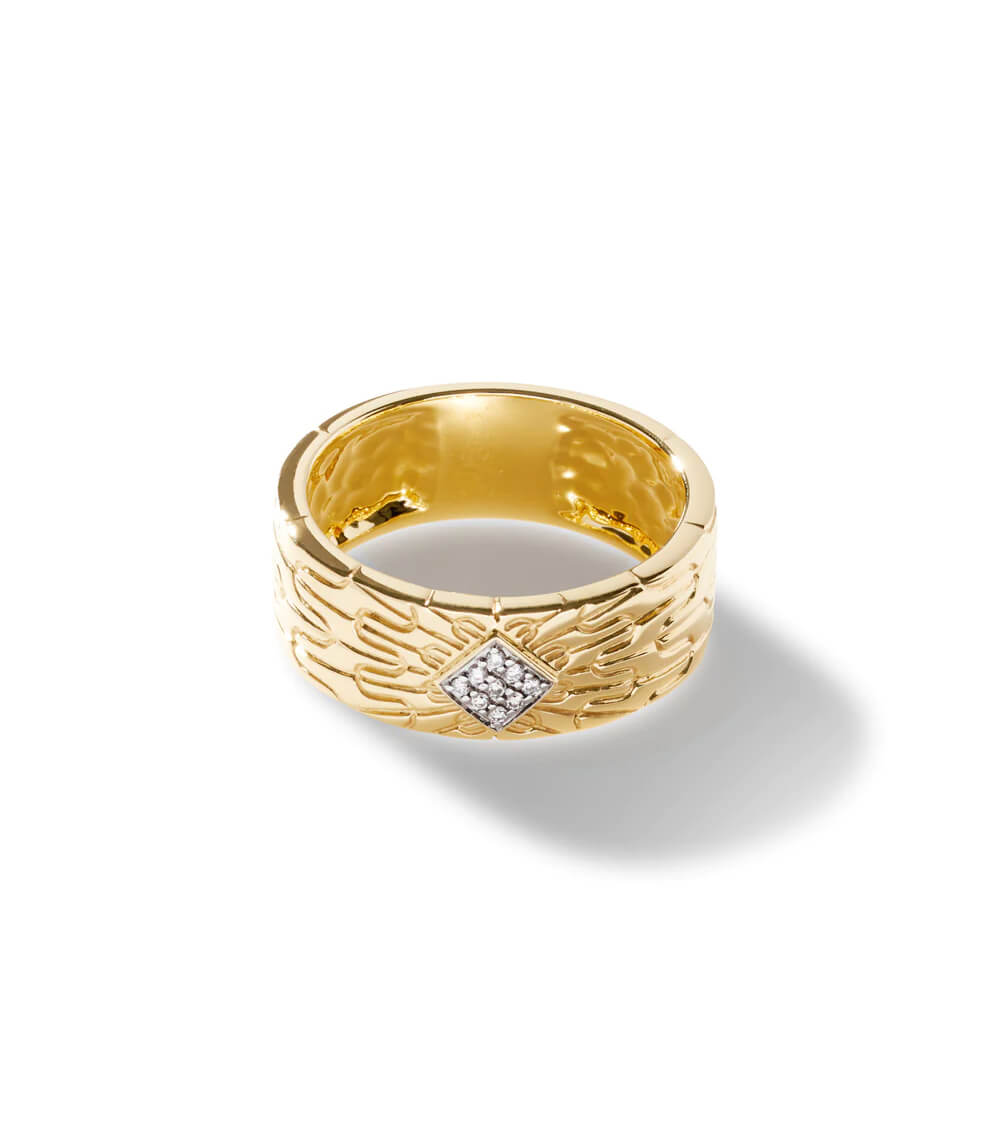
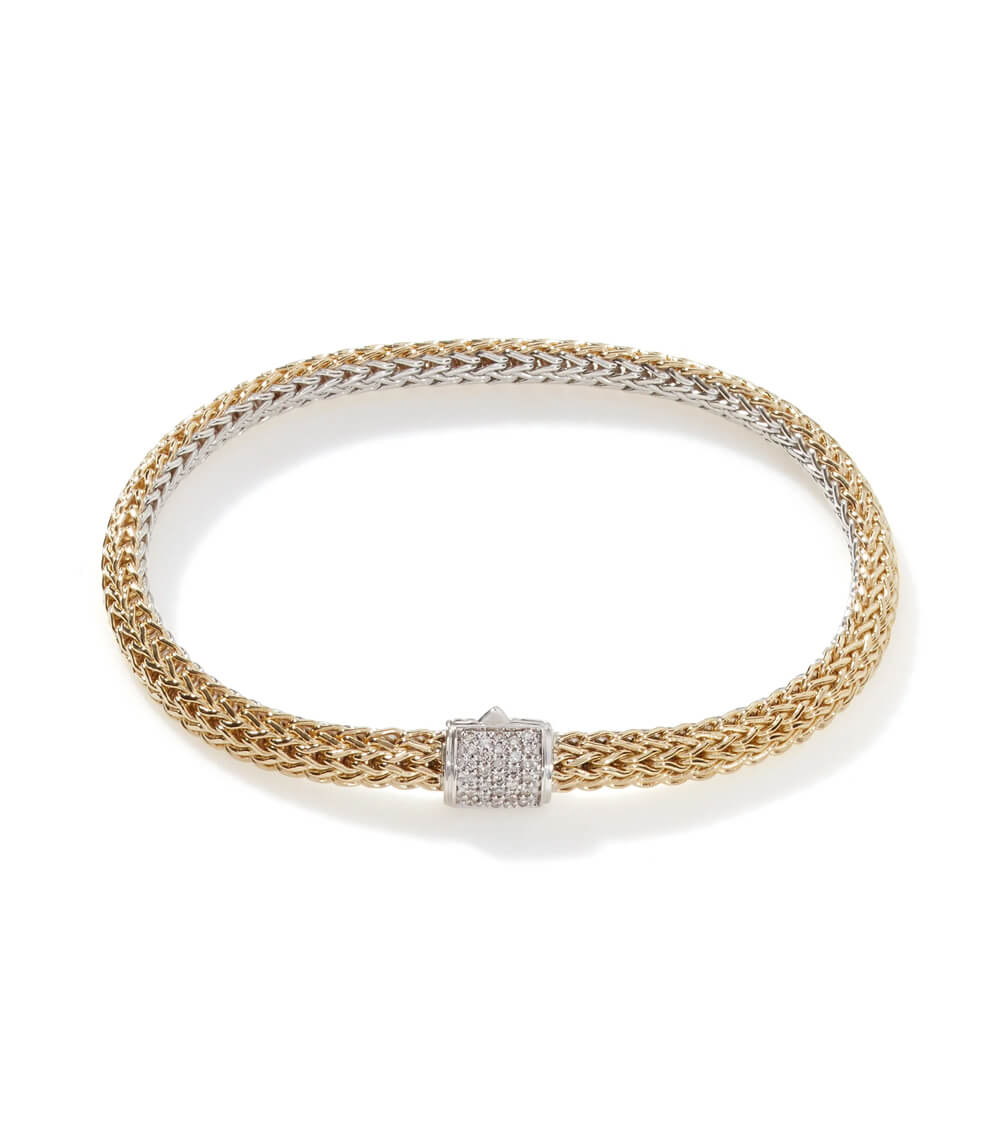
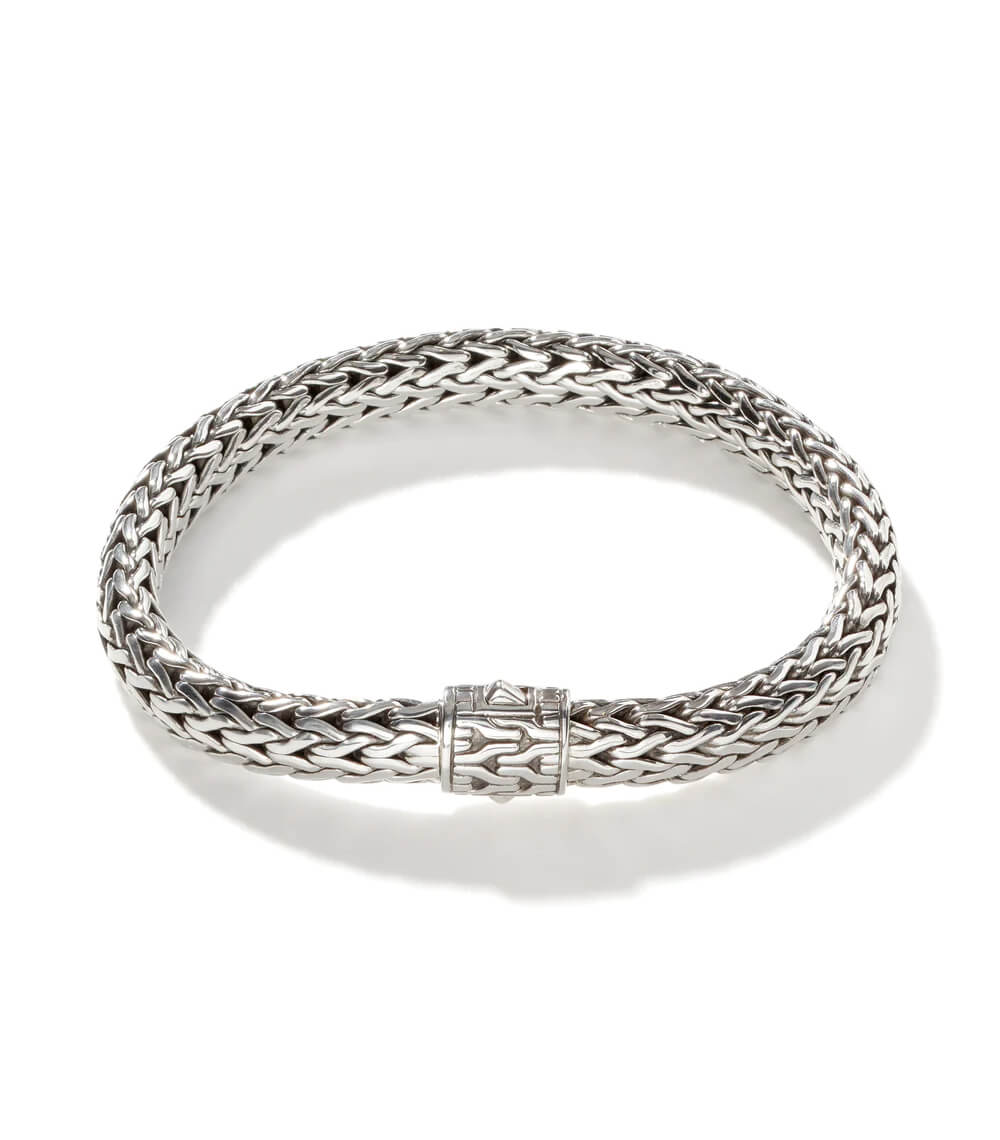

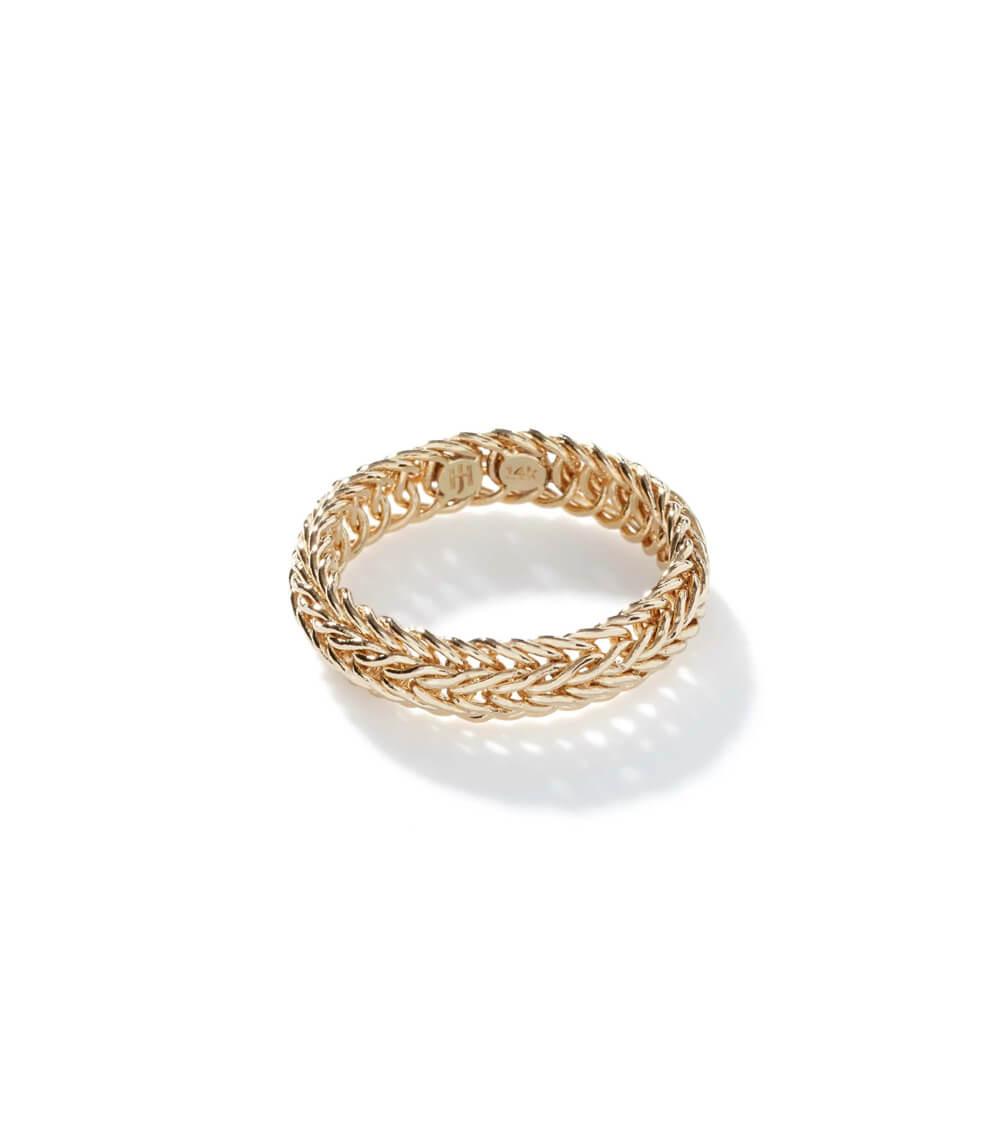
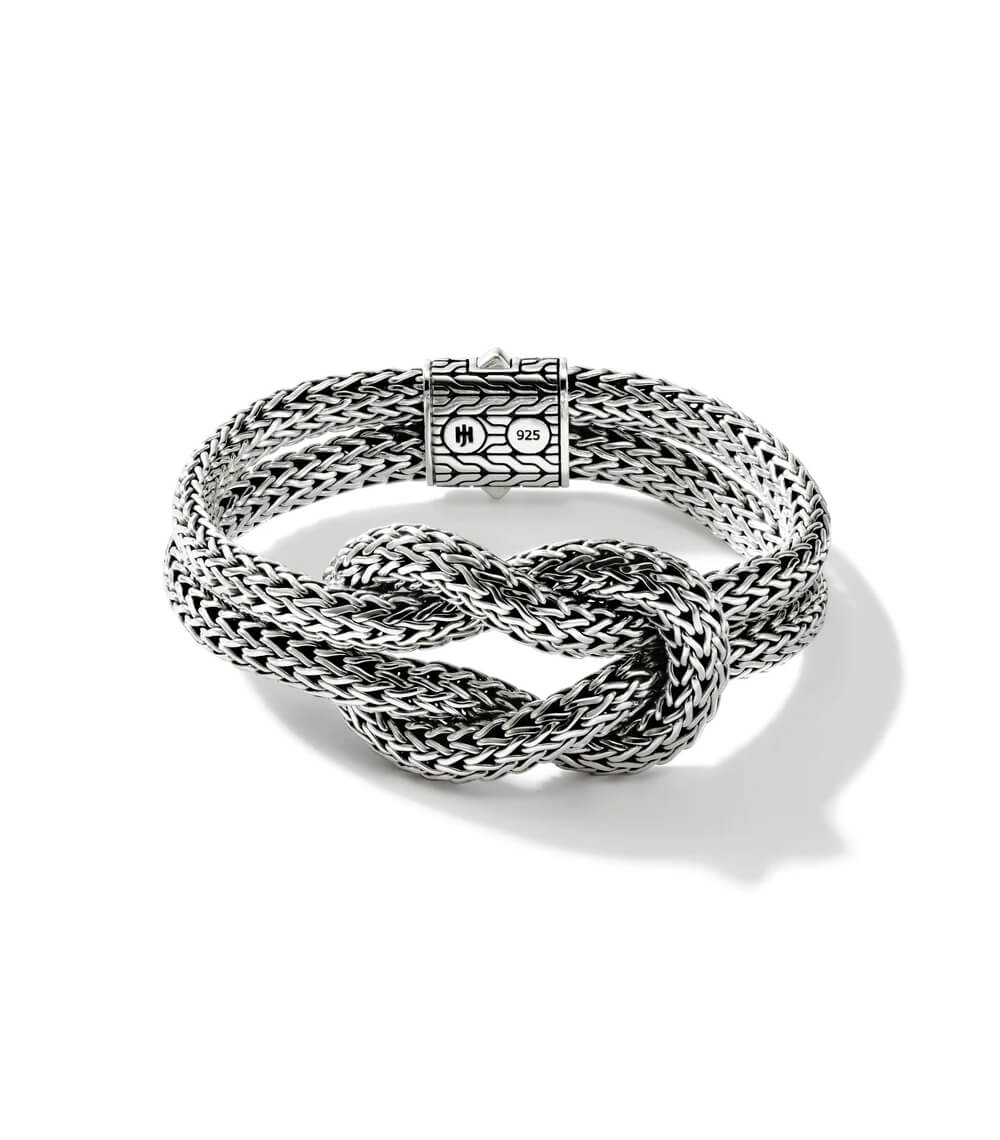
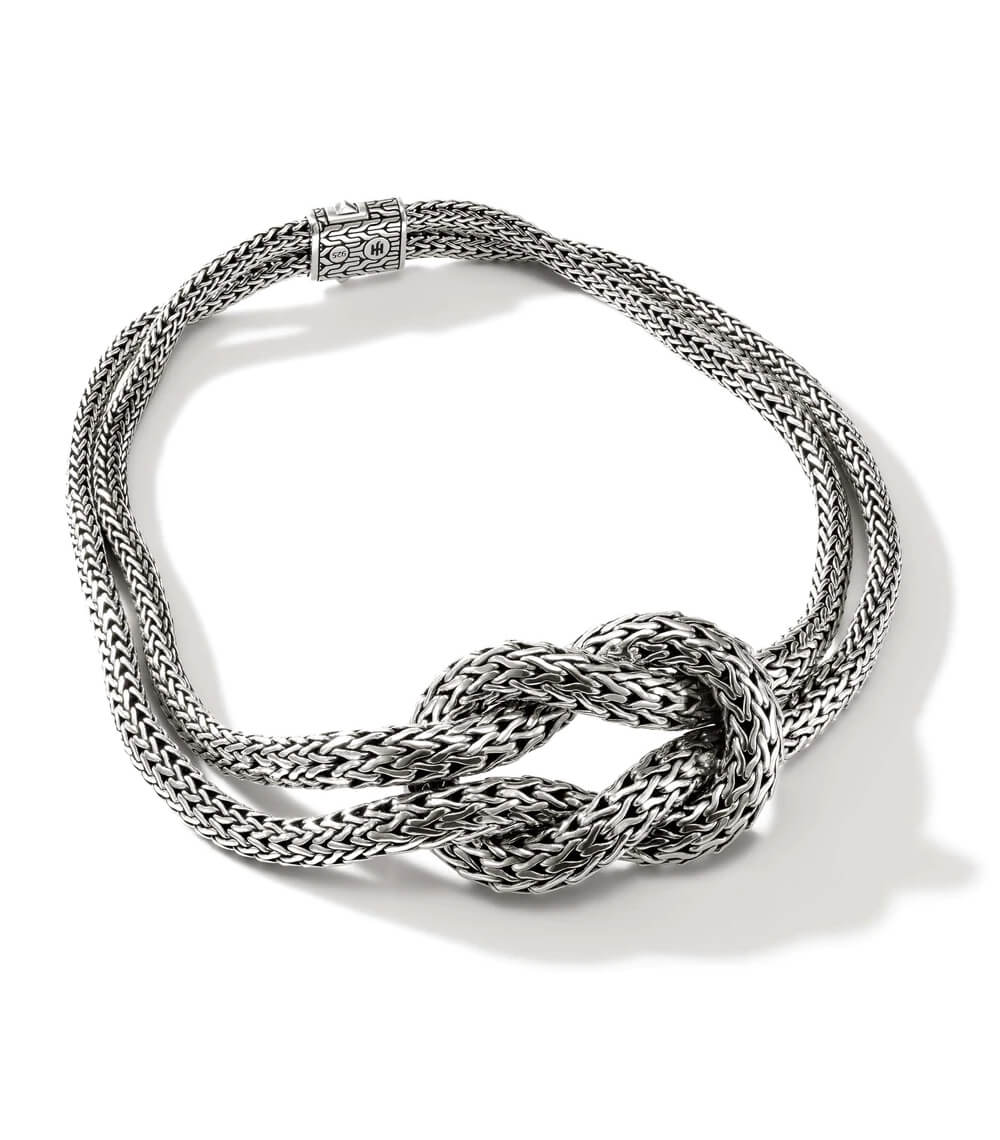
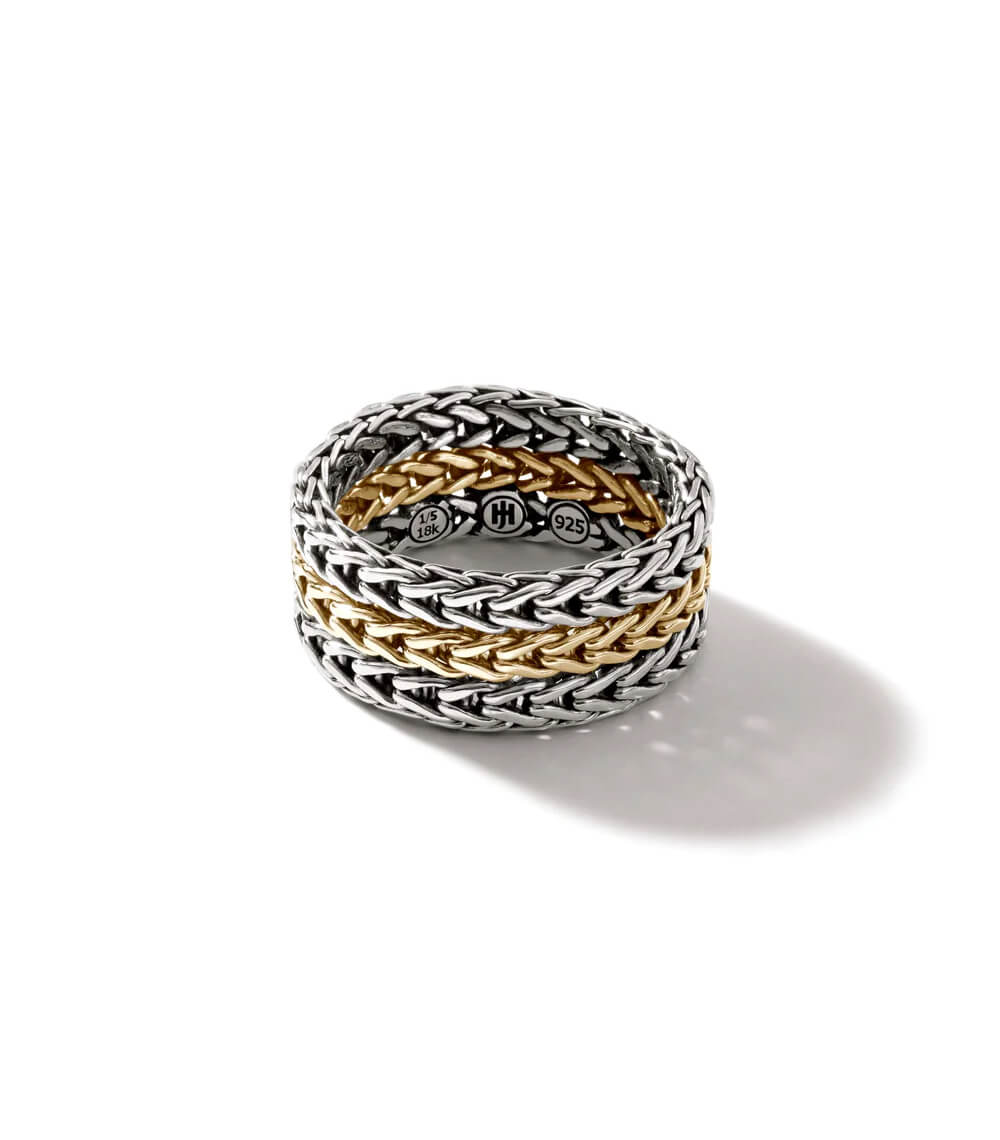
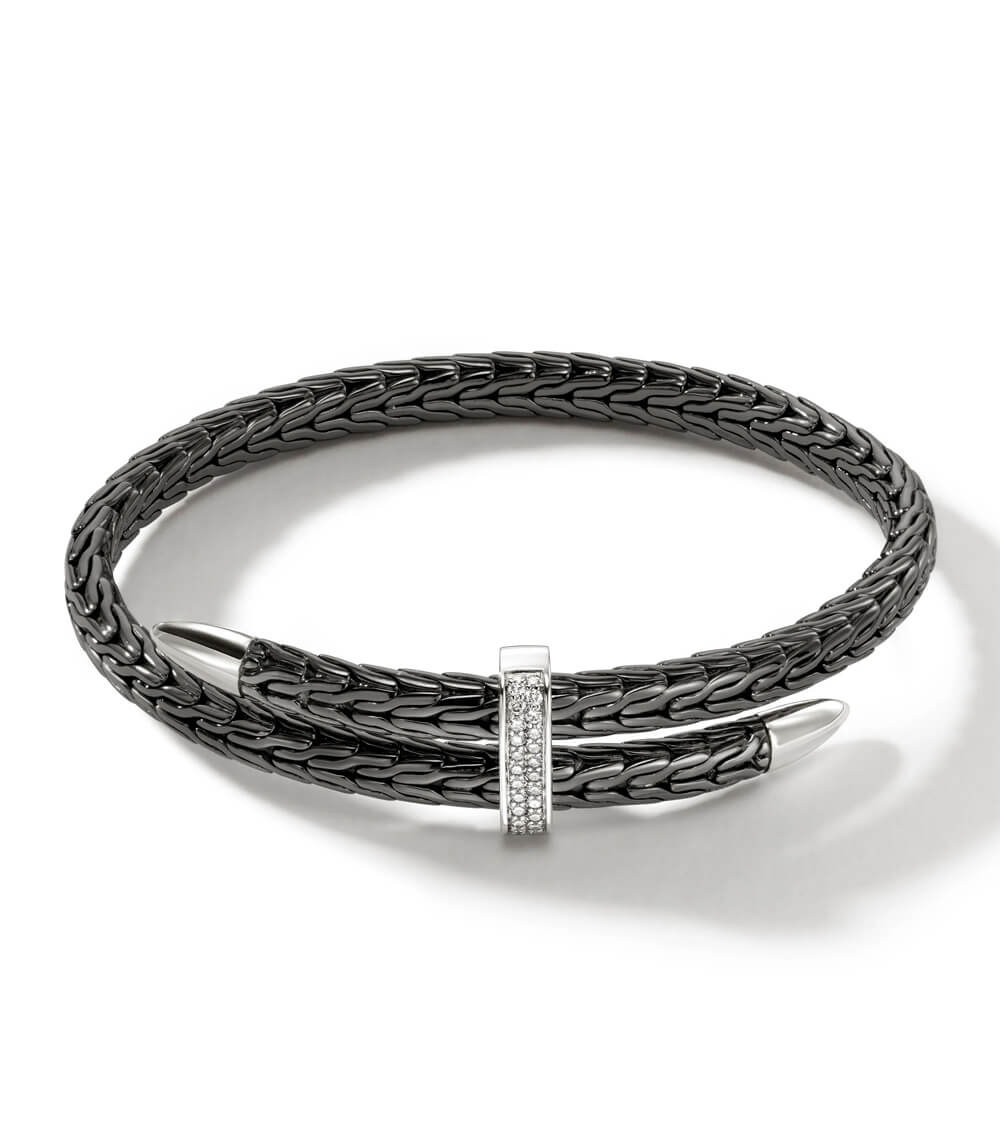
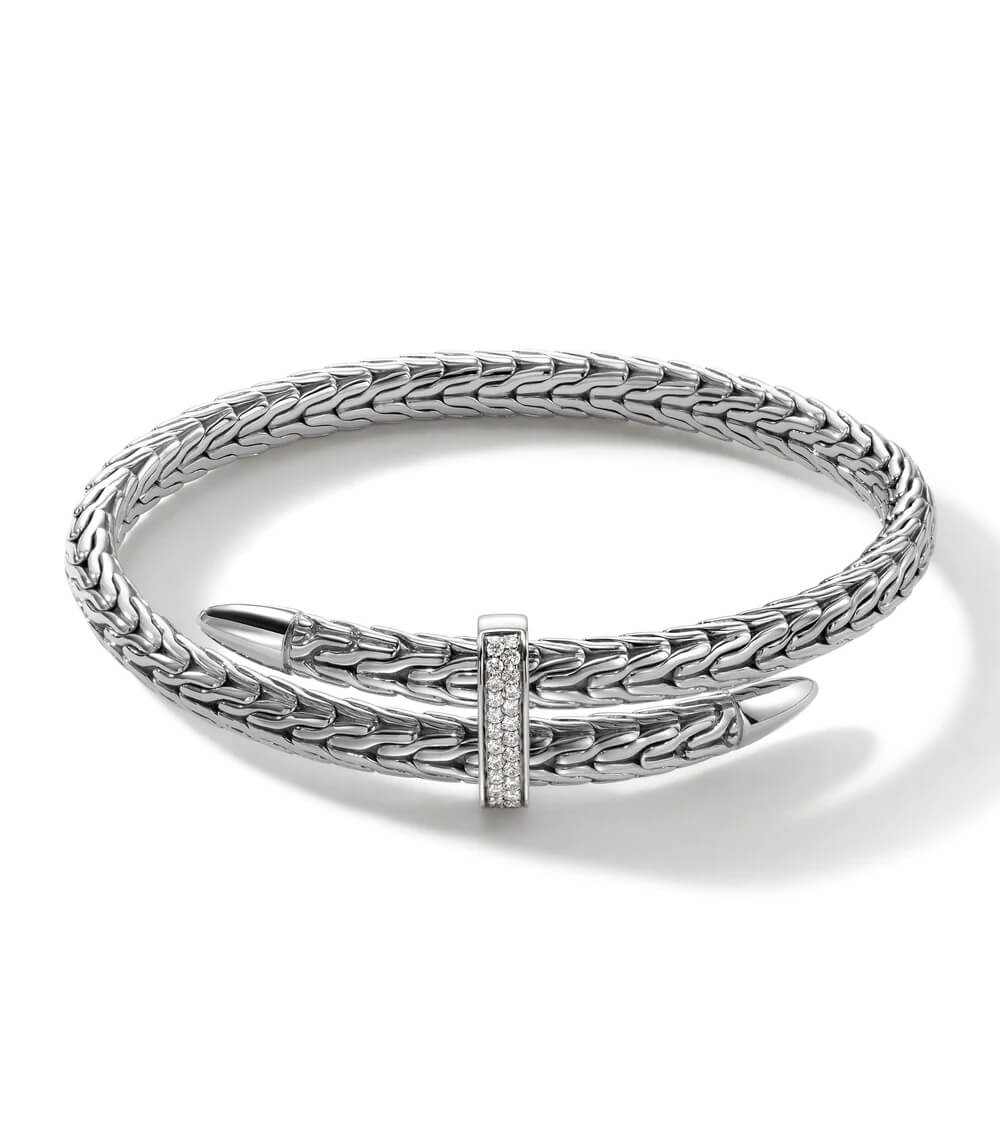
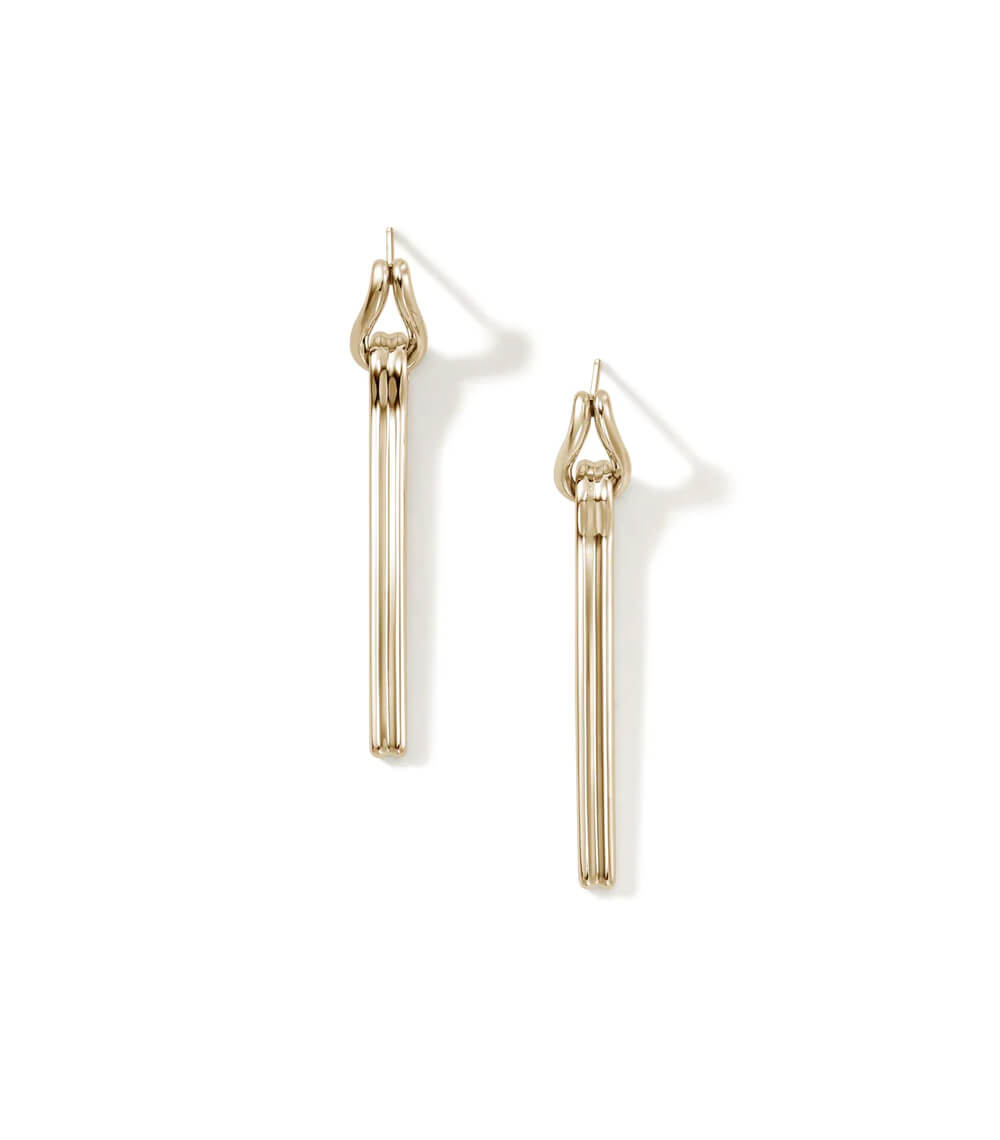
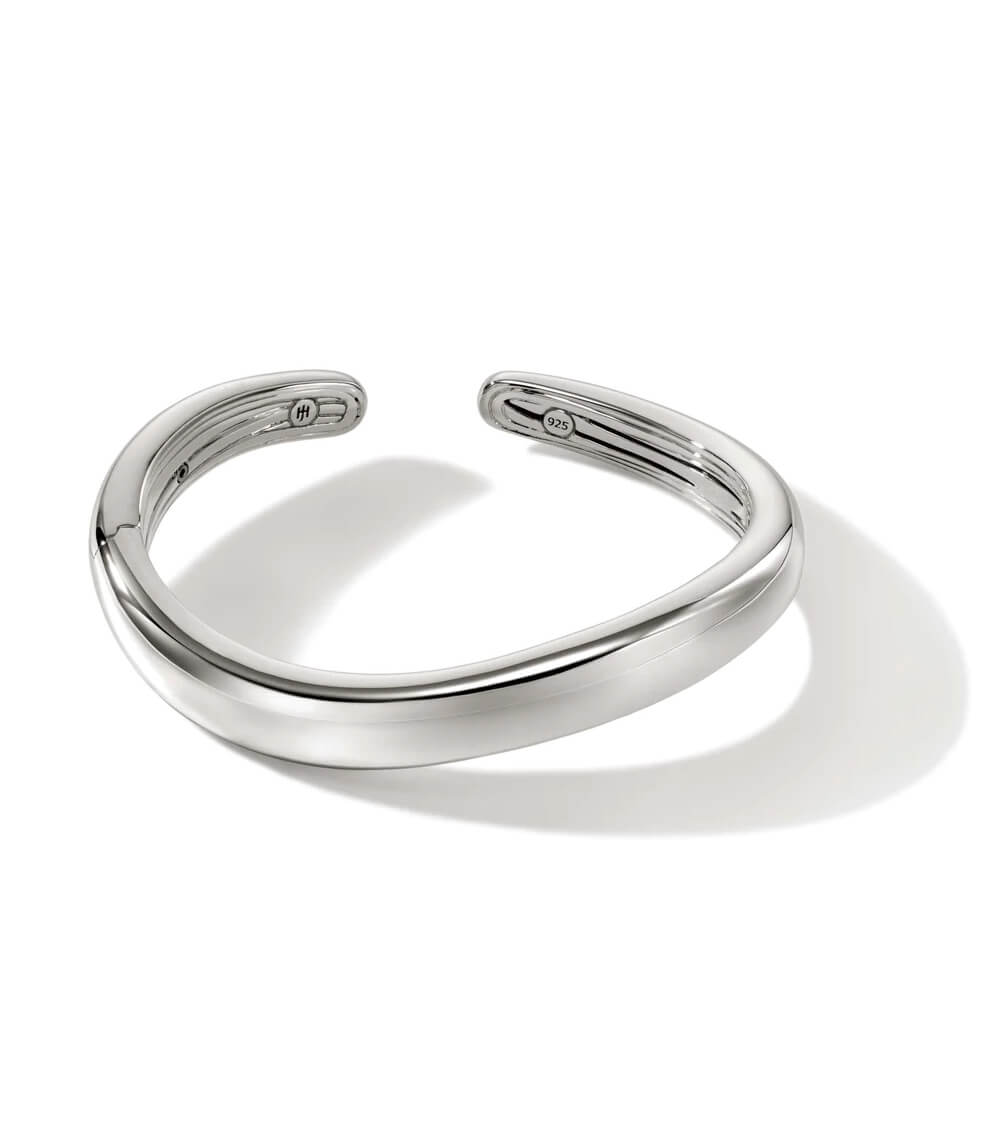
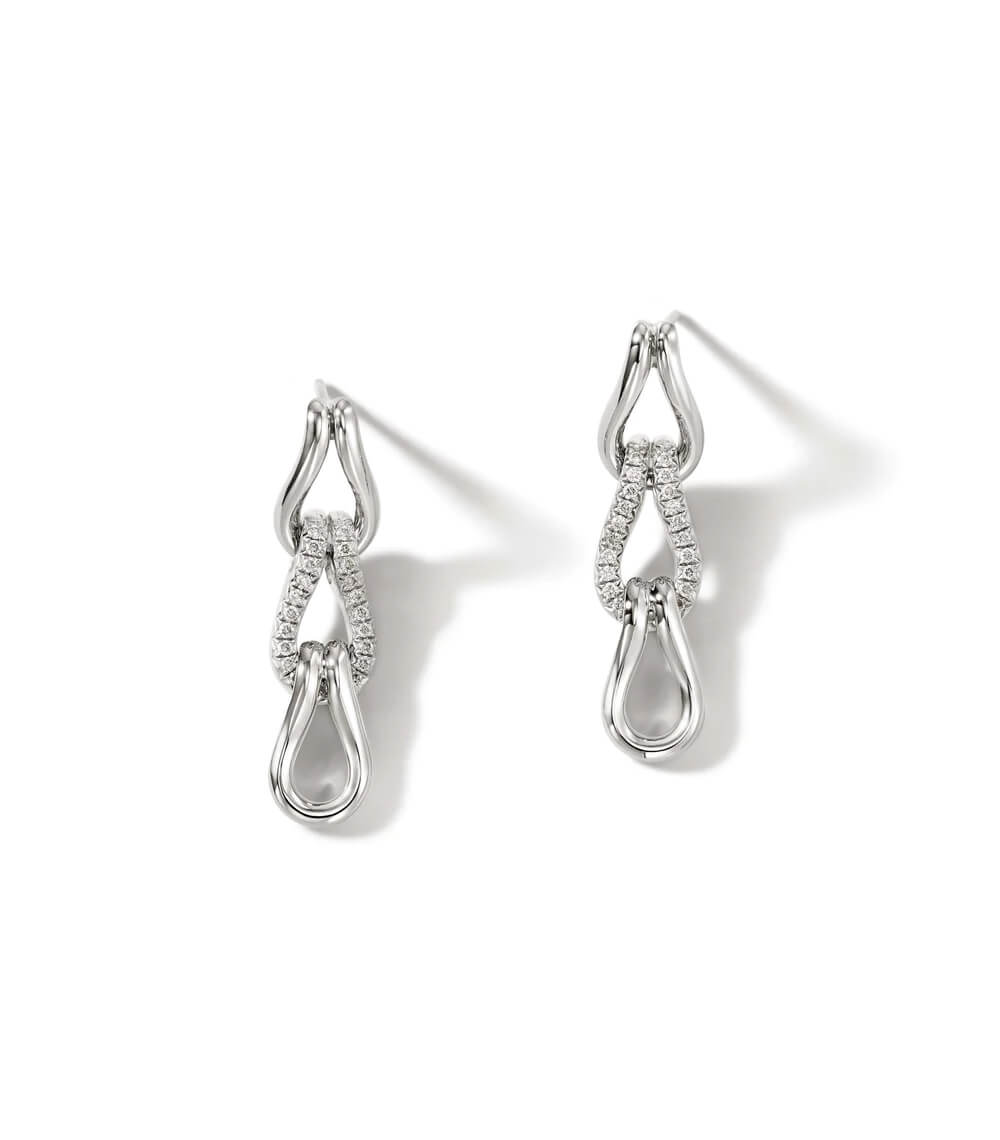
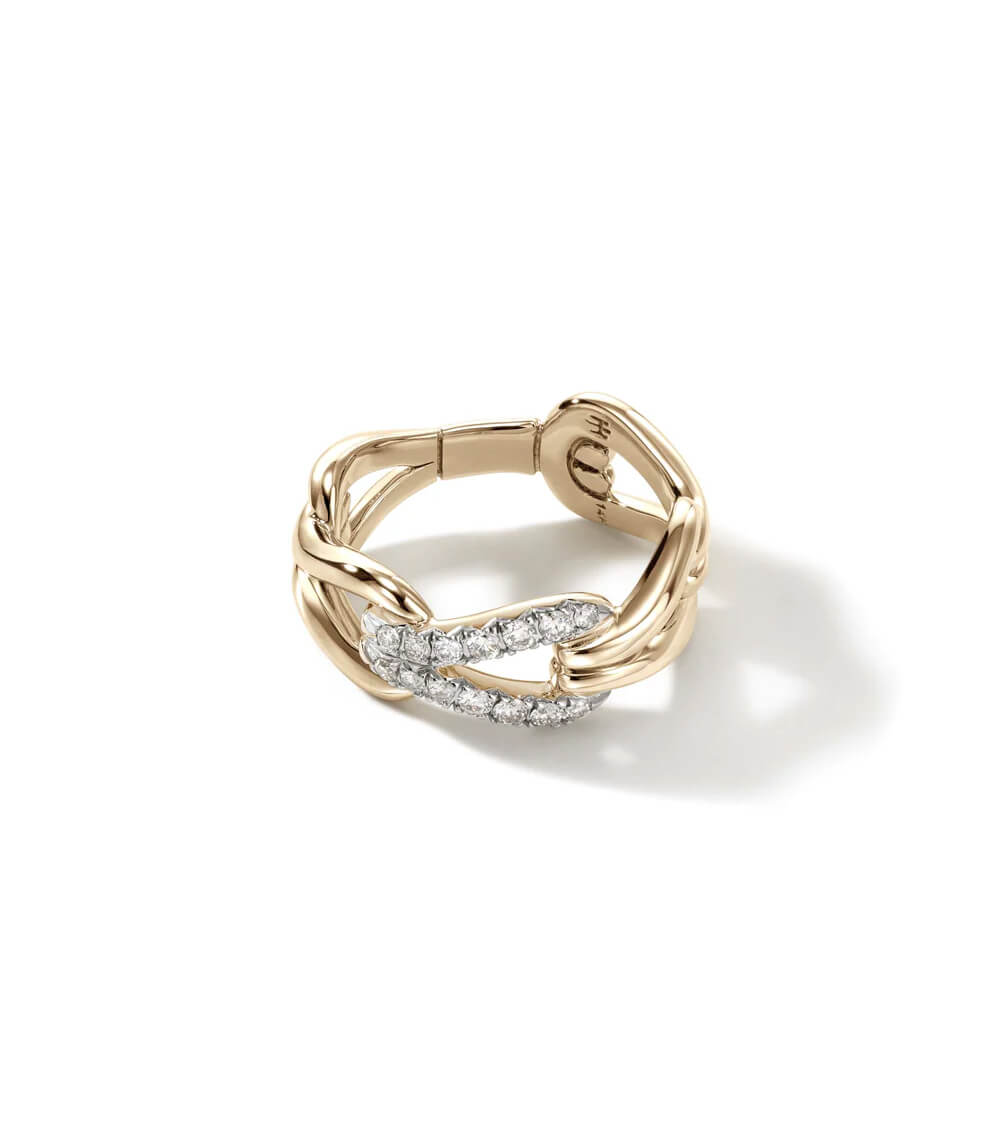
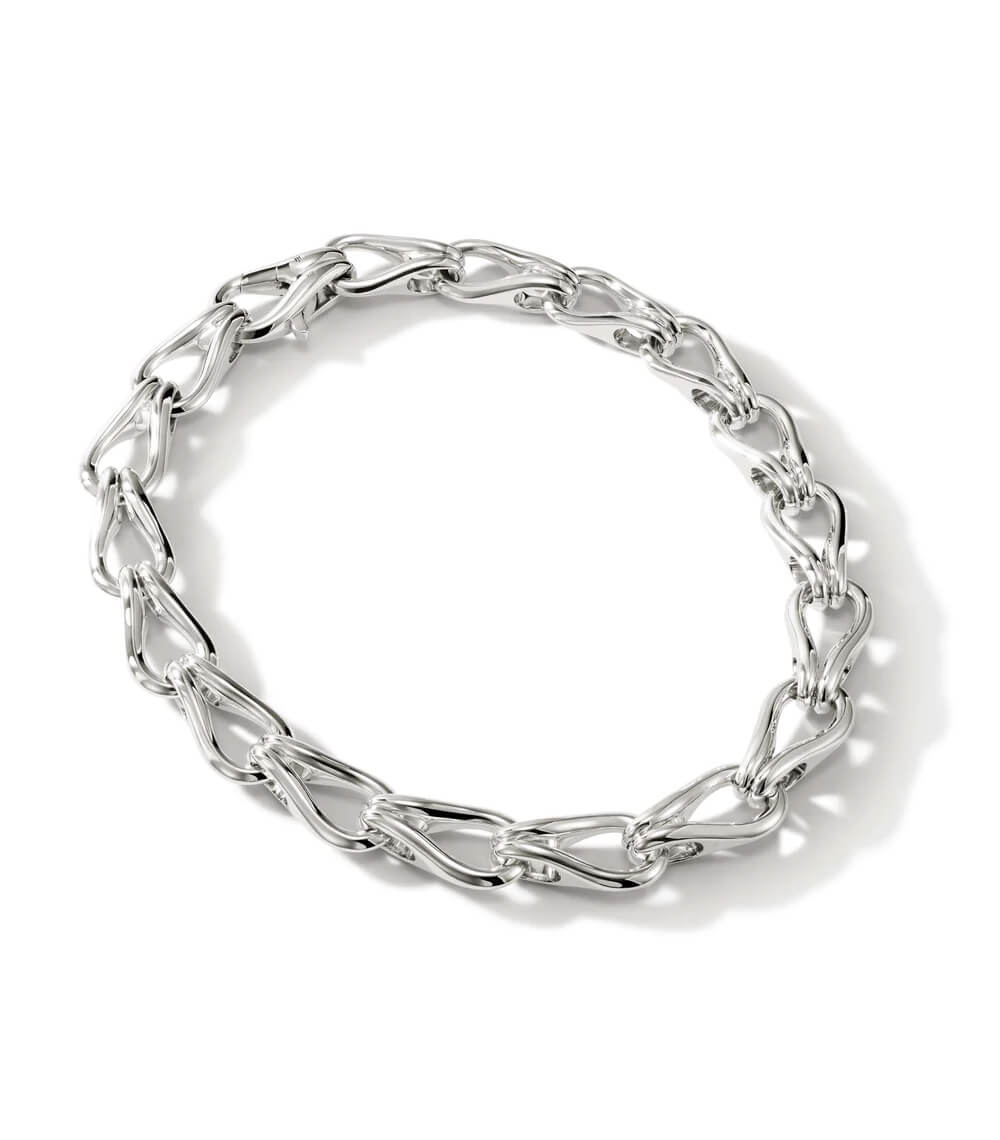
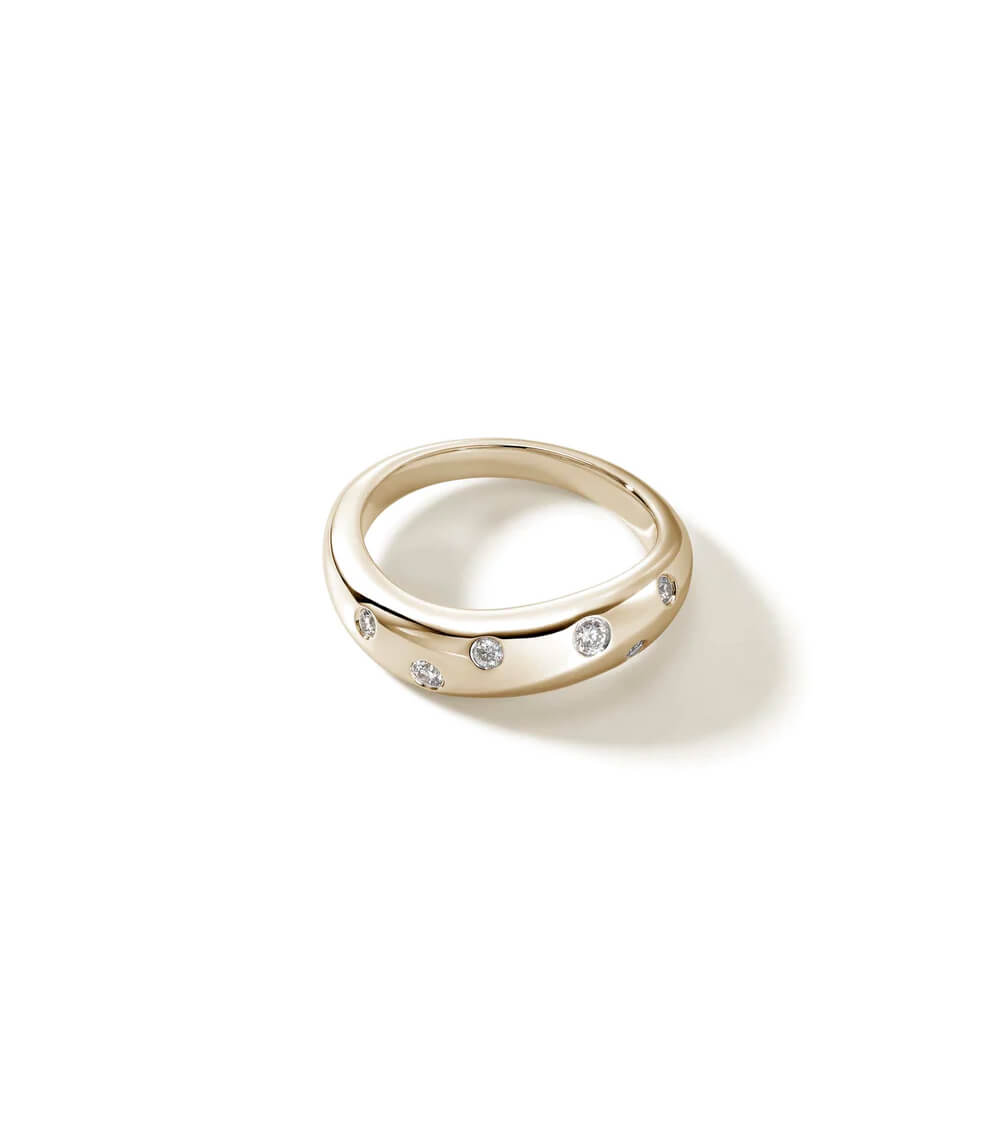
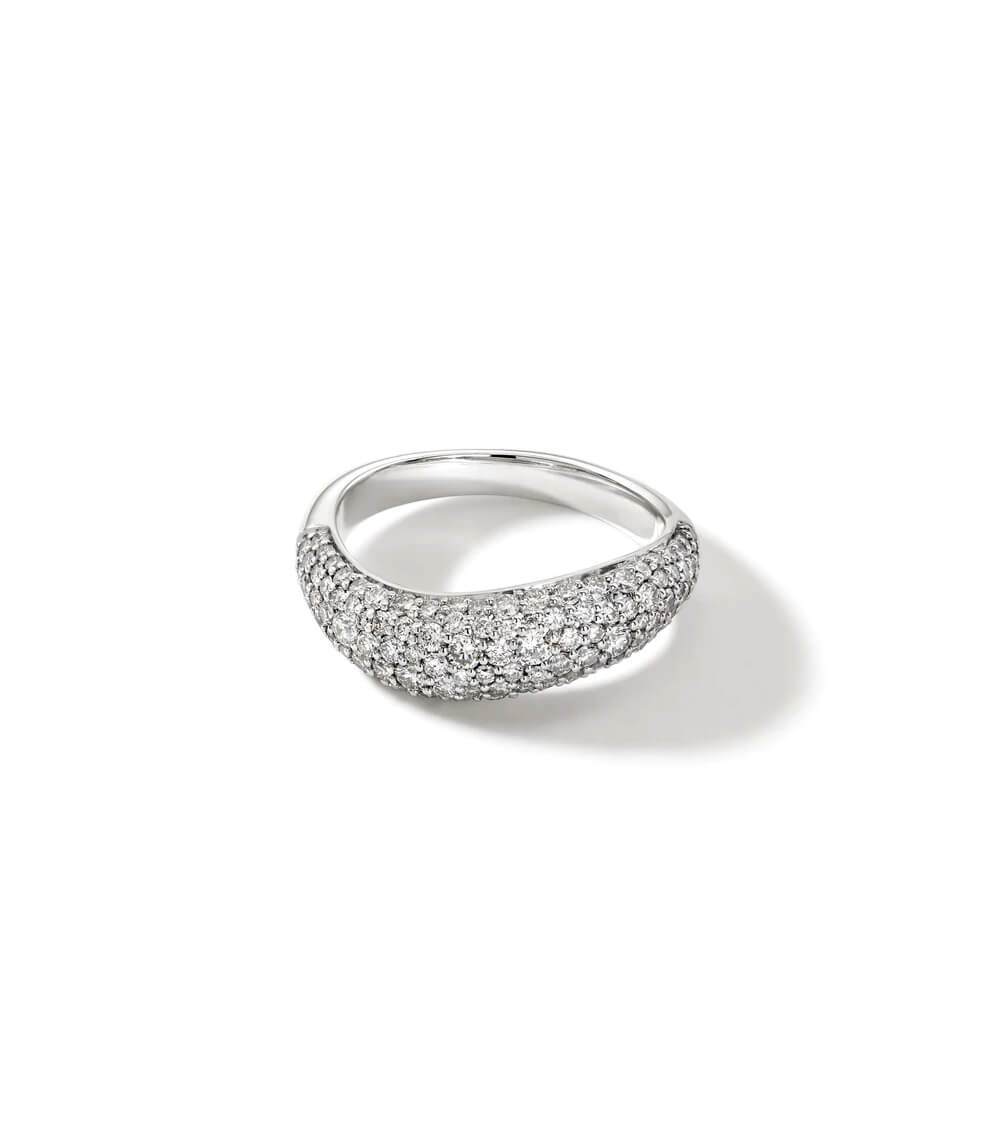

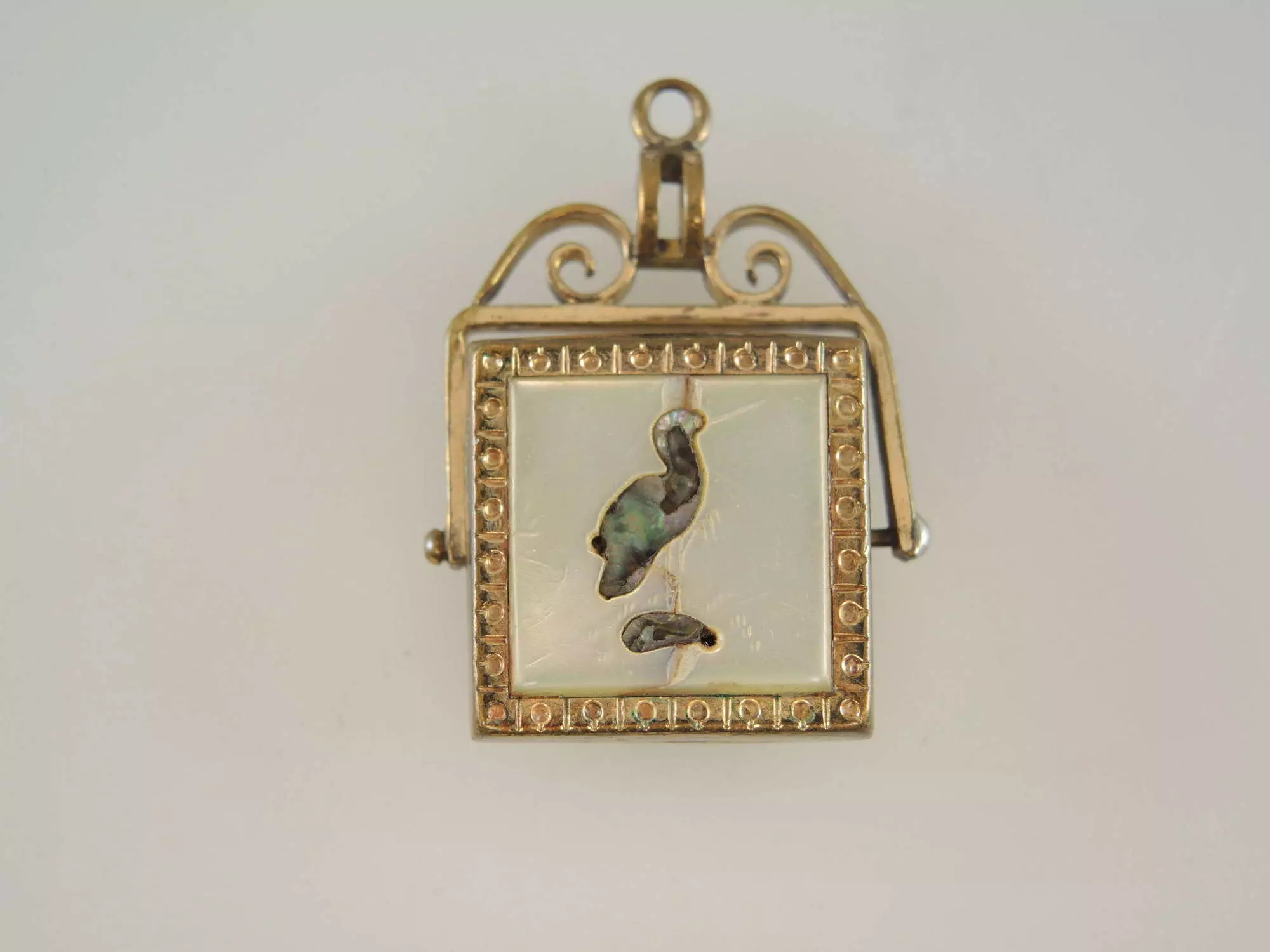
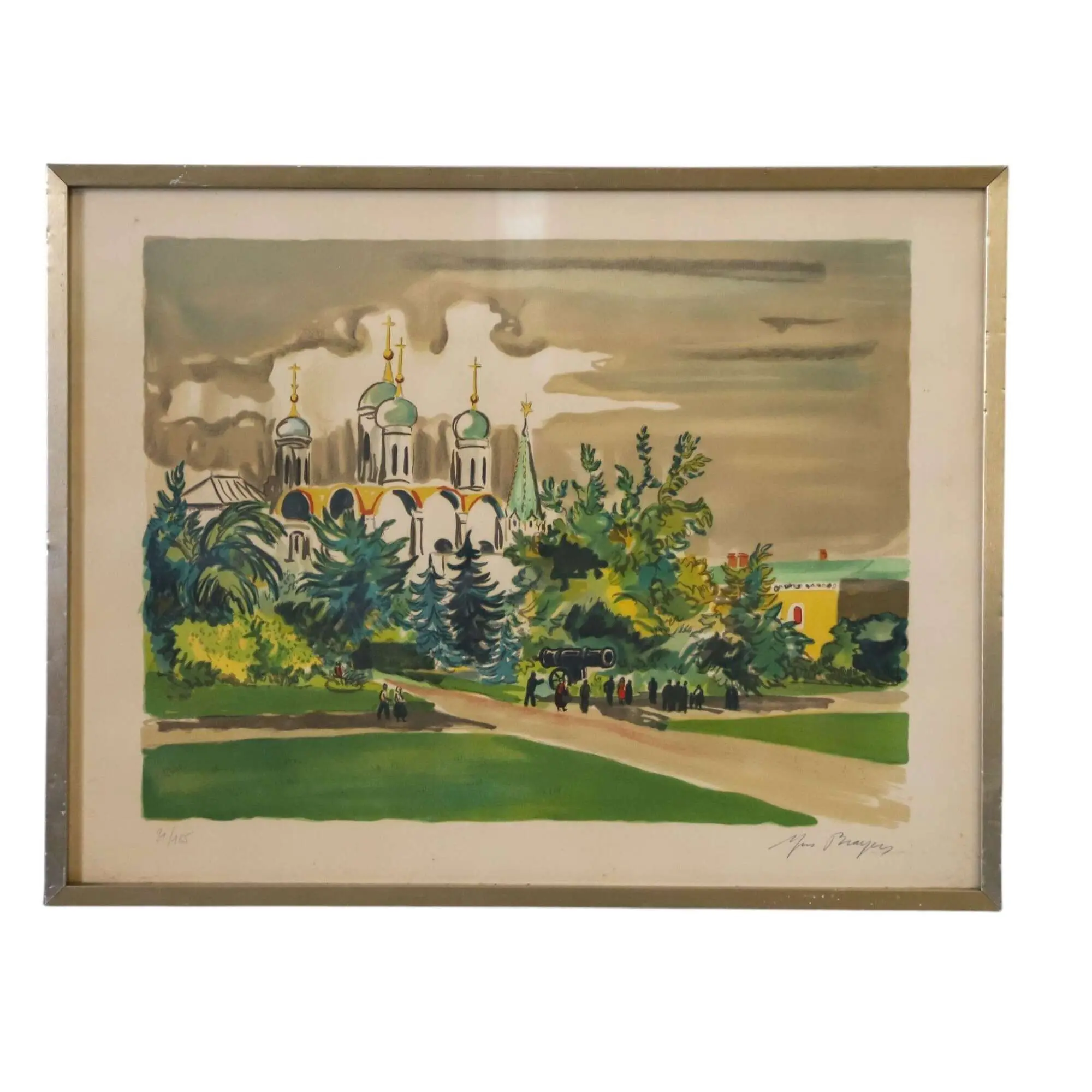
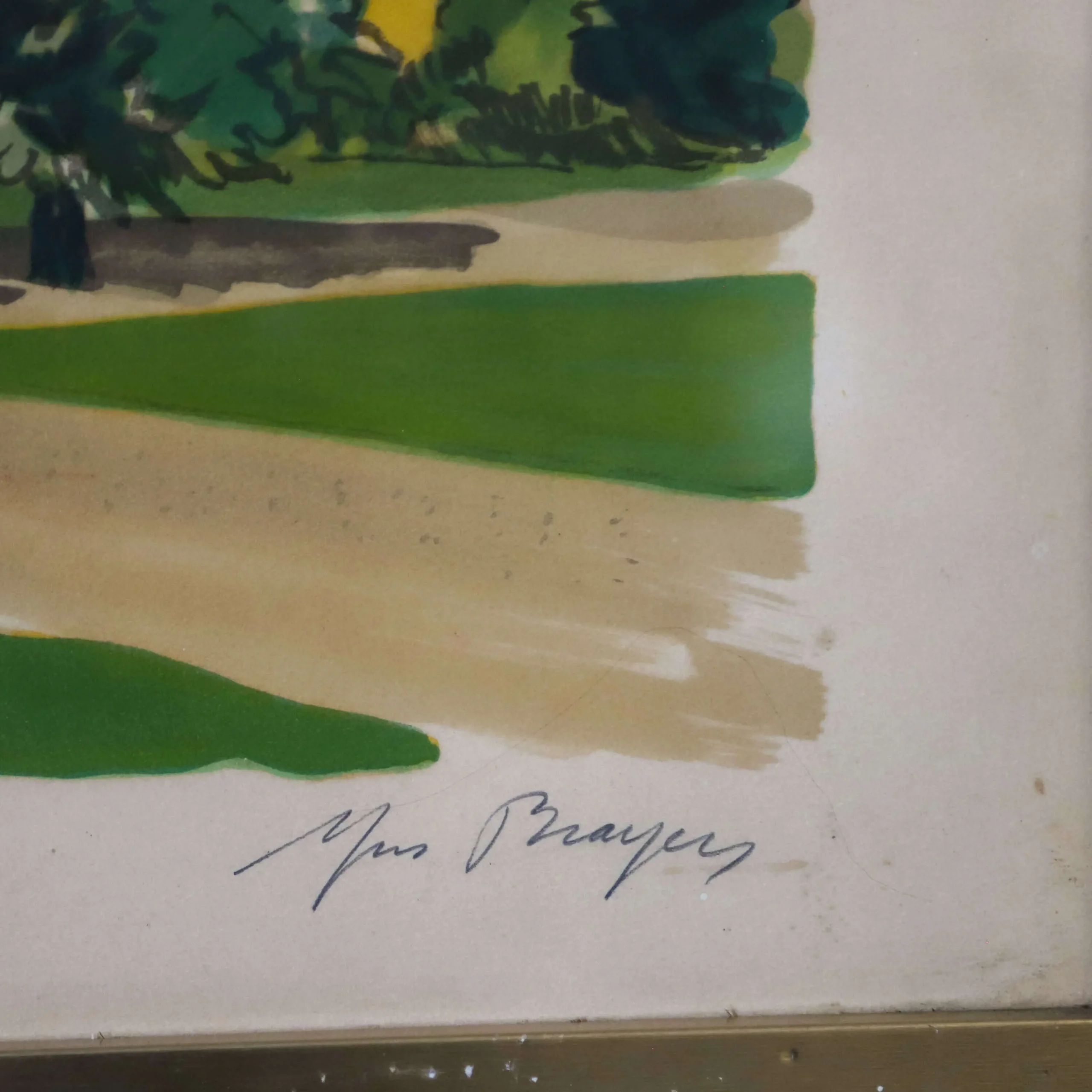
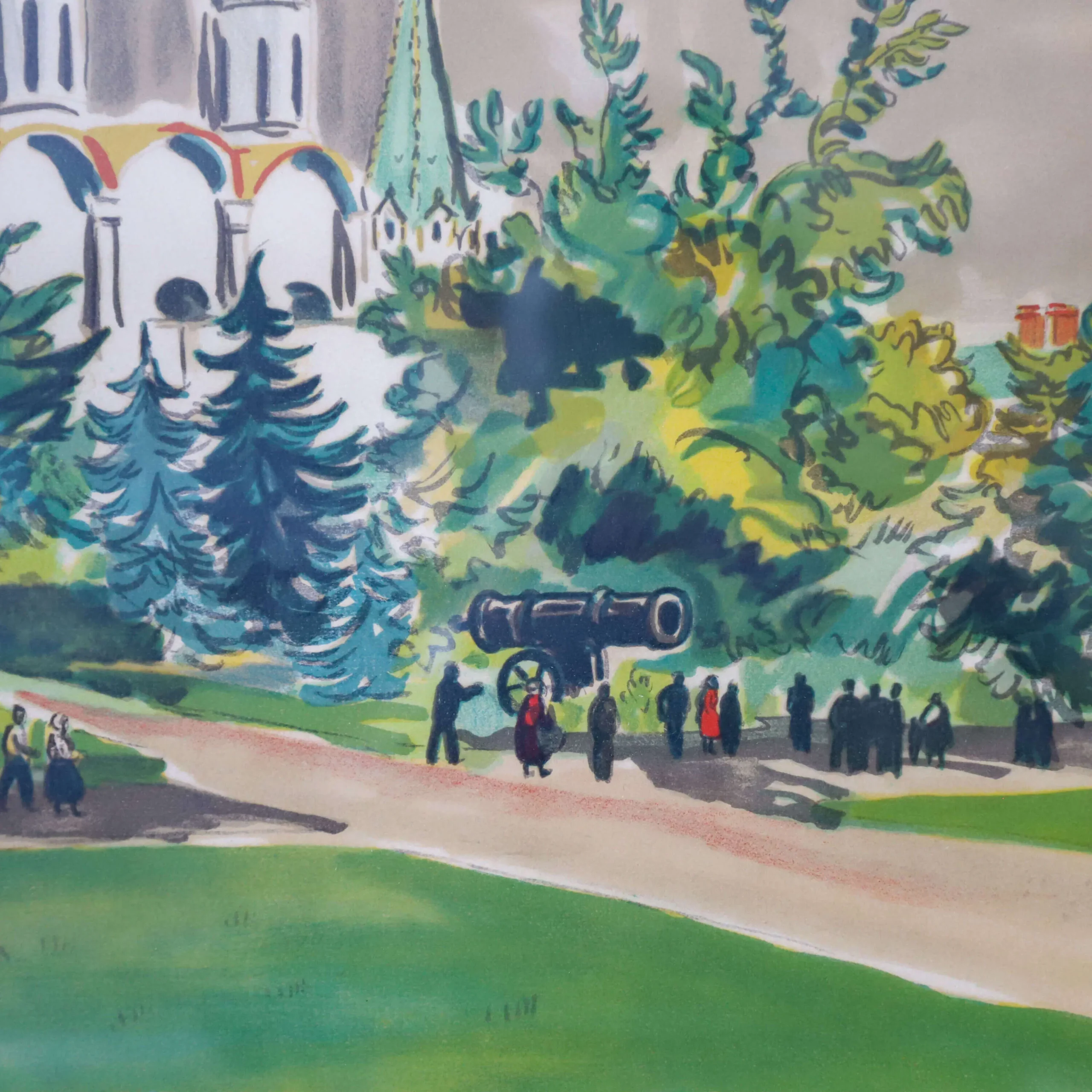
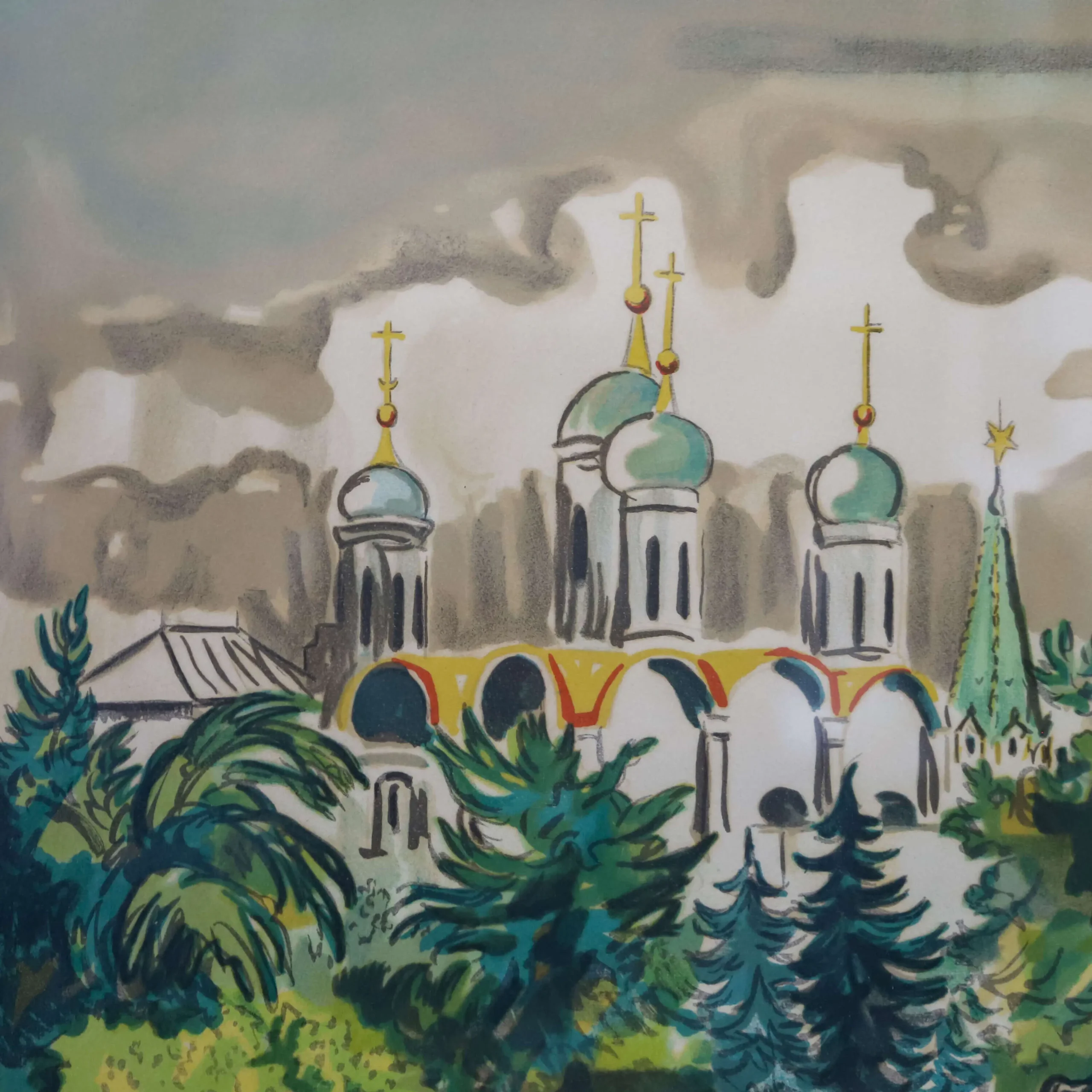
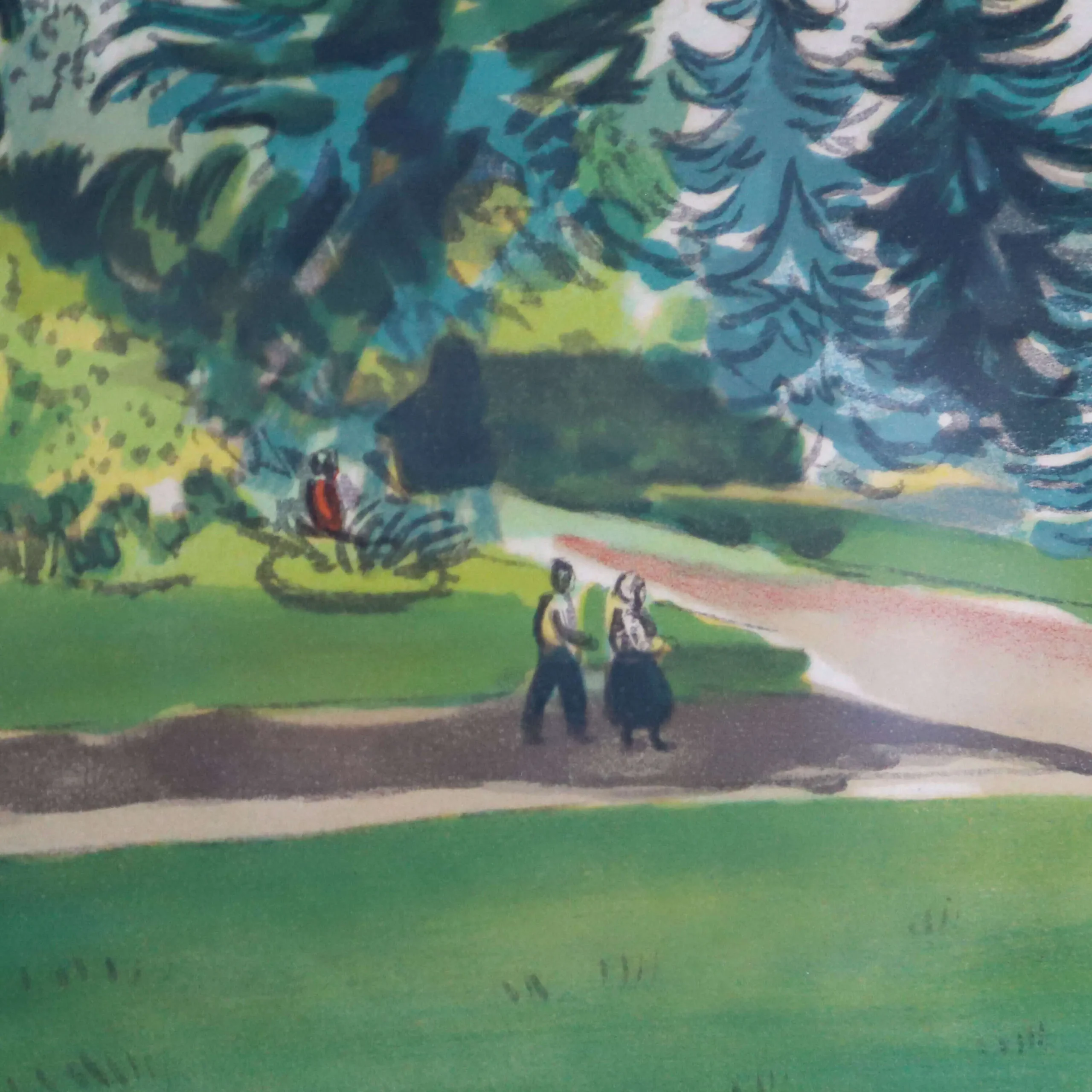
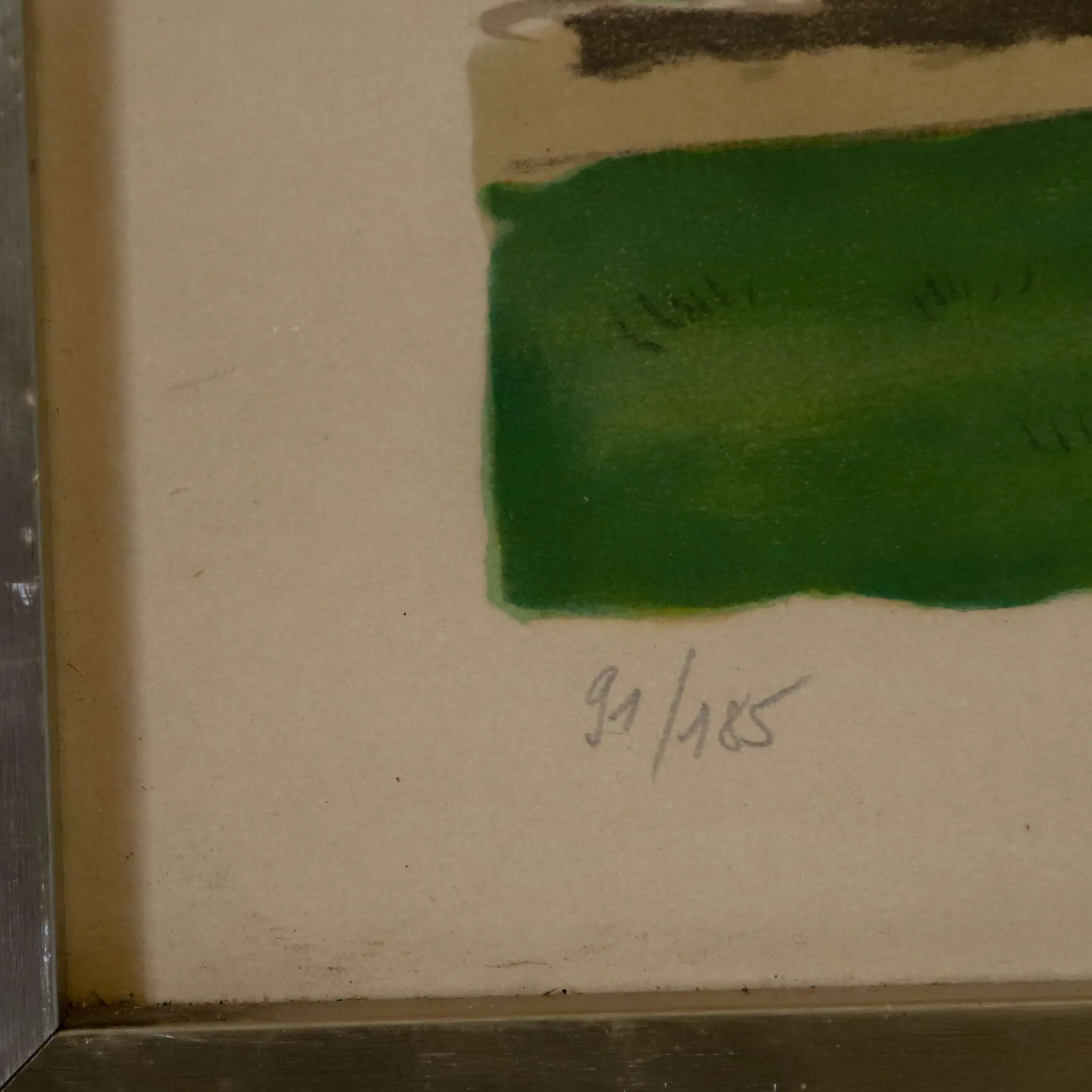
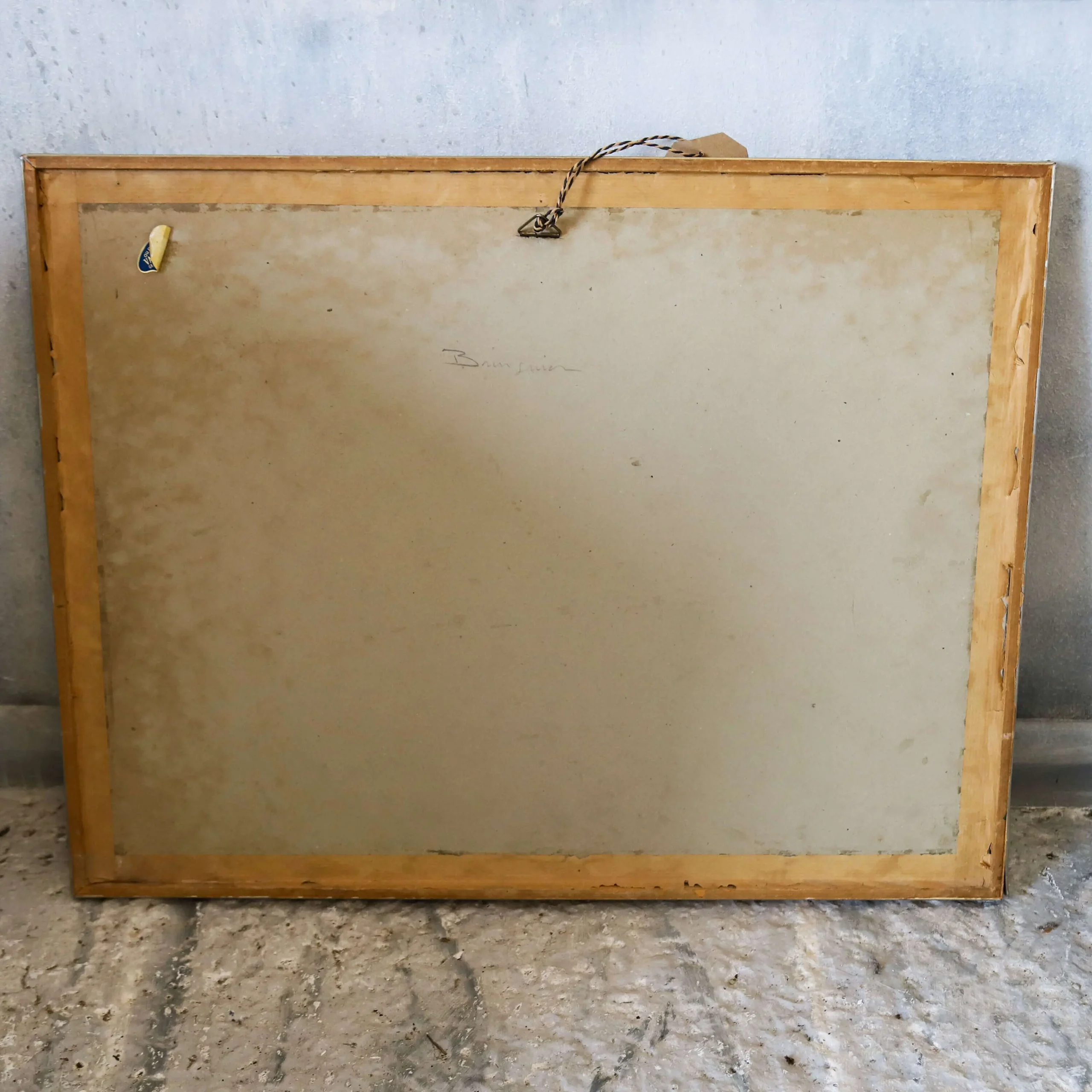
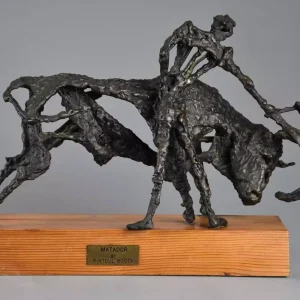
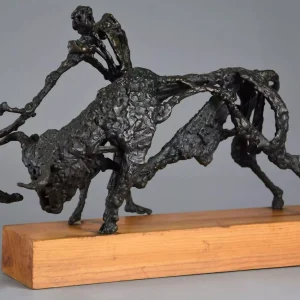
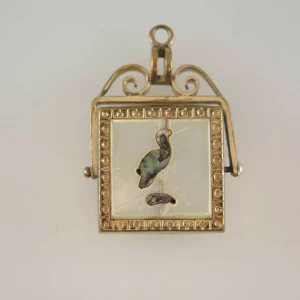


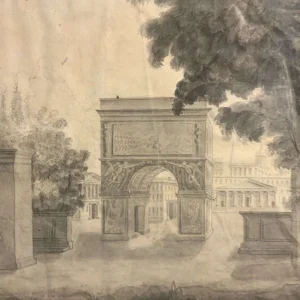
Reviews
There are no reviews yet.